Archives
- 2025-10
- 2025-09
- 2025-03
- 2025-02
- 2025-01
- 2024-12
- 2024-11
- 2024-10
- 2024-09
- 2024-08
- 2024-07
- 2024-06
- 2024-05
- 2024-04
- 2024-03
- 2024-02
- 2024-01
- 2023-12
- 2023-11
- 2023-10
- 2023-09
- 2023-08
- 2023-06
- 2023-05
- 2023-04
- 2023-03
- 2023-02
- 2023-01
- 2022-12
- 2022-11
- 2022-10
- 2022-09
- 2022-08
- 2022-07
- 2022-06
- 2022-05
- 2022-04
- 2022-03
- 2022-02
- 2022-01
- 2021-12
- 2021-11
- 2021-10
- 2021-09
- 2021-08
- 2021-07
- 2021-06
- 2021-05
- 2021-04
- 2021-03
- 2021-02
- 2021-01
- 2020-12
- 2020-11
- 2020-10
- 2020-09
- 2020-08
- 2020-07
- 2020-06
- 2020-05
- 2020-04
- 2020-03
- 2020-02
- 2020-01
- 2019-12
- 2019-11
- 2019-10
- 2019-09
- 2019-08
- 2019-07
- 2019-06
- 2019-05
- 2019-04
- 2018-11
- 2018-10
-
Based upon these findings on portions A and B
2020-02-12

Based upon these findings on portions A and B, novel scaffolds of EP4 antagonist, and (R & R=()-Me; =Cl; R=H), shown in , were identified. We next focused on optimizing portion C of these scaffolds. We utilized for an alternative synthesis of nicotinamide scaffold , which is quite effective for
-
Several highly selective COX inhibitors coxibs have been
2020-02-11
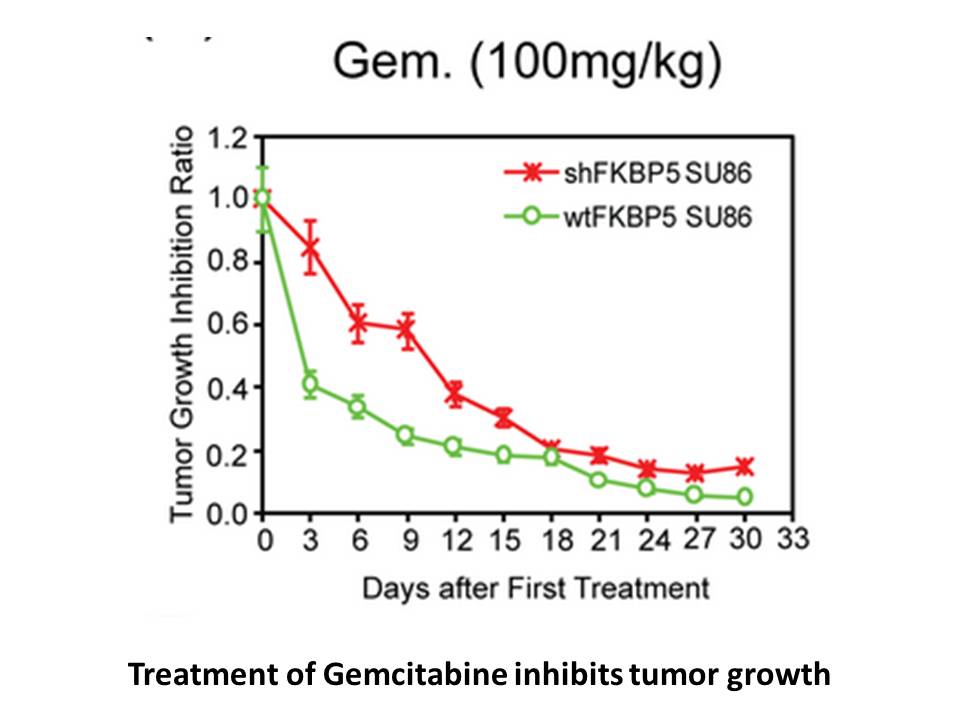
Several highly selective COX-2 inhibitors (coxibs) have been reported and marketed [6], including celecoxib [7] and etoricoxib [8] (Fig. 1). Even though these drugs produce less ulceration than conventional NSAIDs, coxibs still produce significant gastric and cardiovascular side effects due to the d
-
br Genes involved in oxysterol metabolism The main
2020-02-11
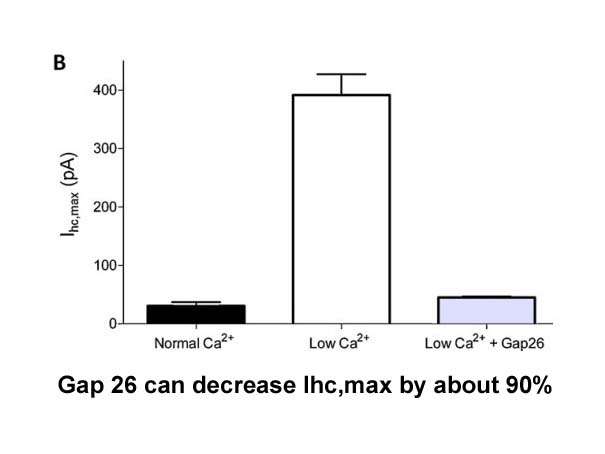
Genes involved in oxysterol metabolism The main enzymes that participate in the metabolism of oxysterols generally belong into one of two groups: transferases or oxidoreductases [22]. The following chapter describes those genes of oxysterol metabolism whose polymorphisms have been associated with
-
The strand domain swap in the UbV XR
2020-02-11
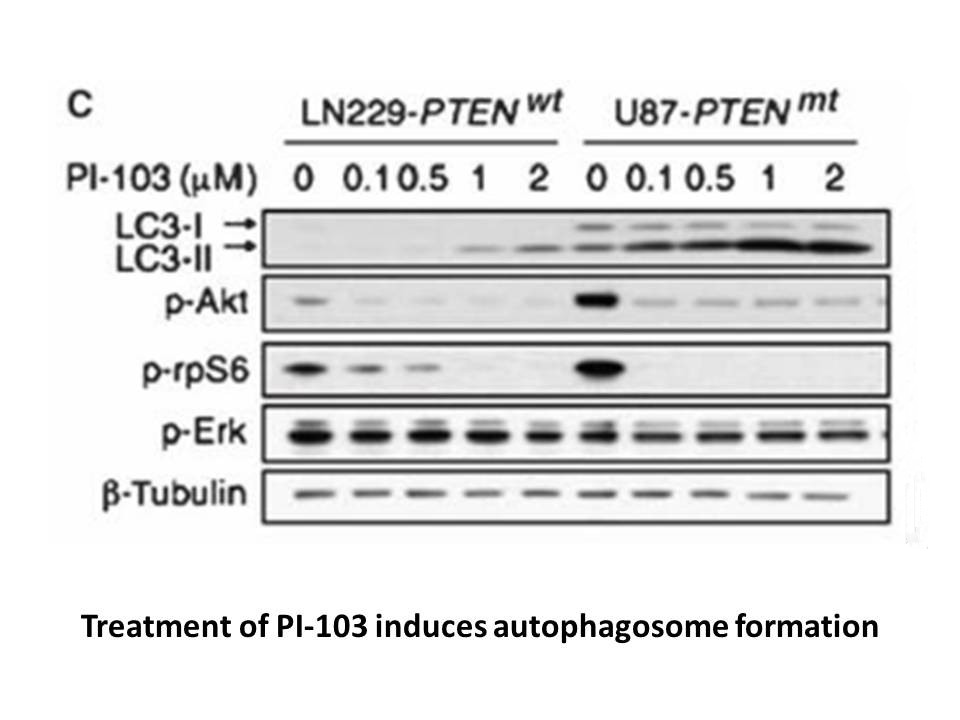
The β strand domain swap in the UbV.XR dimer appears to be a unique arrangement for a Ub-based dimer. In solution, free Ub has a KD of ∼5 mM for the monomer-dimer equilibrium, and the two subunits in the dimer adopt a range of relative orientations involving residues from Ub’s β sheet (Liu et al., 2
-
The majority of APC C subunits form a giant scaffold
2020-02-11
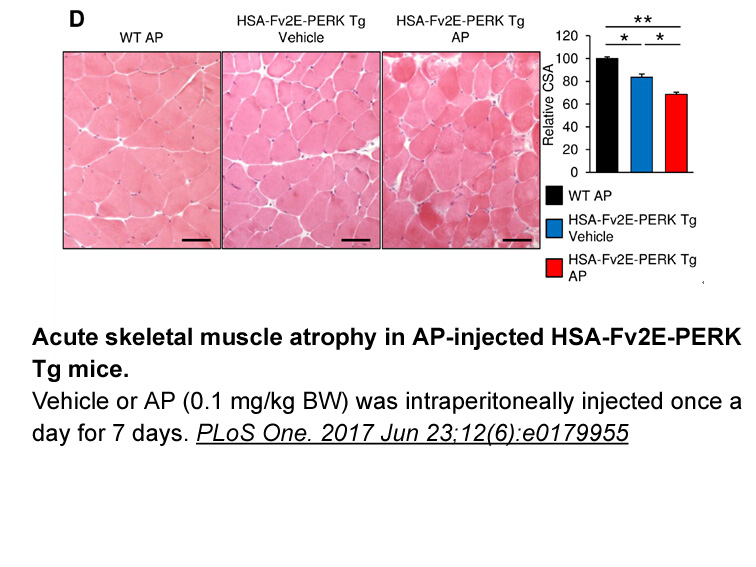
The majority of APC/C subunits form a giant scaffold, which was originally named the arc lamp, based on its shape when viewing APC/C from one side (Figure 1 and Box 1) [24]. The scaffold consists of two modules: the TPR lobe resembles the curved post and lamp, and the platform resembles the NS 11021
-
We propose two different pathways for the production of this
2020-02-11

We propose two different pathways for the production of this species: either that described by Dooley [24], where the phenol ring is first activated by binding of its oxygen to copper, or one where a copper-peroxo species would directly react with an active site tyrosine residue (Scheme 1B). This se
-
Cyclin D inhibits the transcriptional activity of the transc
2020-02-11
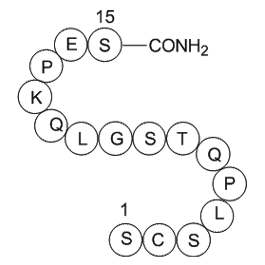
Cyclin D1 inhibits the transcriptional activity of the transcription factors myogenin and MEF2 [39,40]. In addition, myogenin activates MEF2 expression, which feeds back to amplify the myogenin promoter [38]. In this study, DGKδ suppression, in addition to the increase of cyclin D1, inhibited myogen
-
br Subjects and methods br Results br
2020-02-11
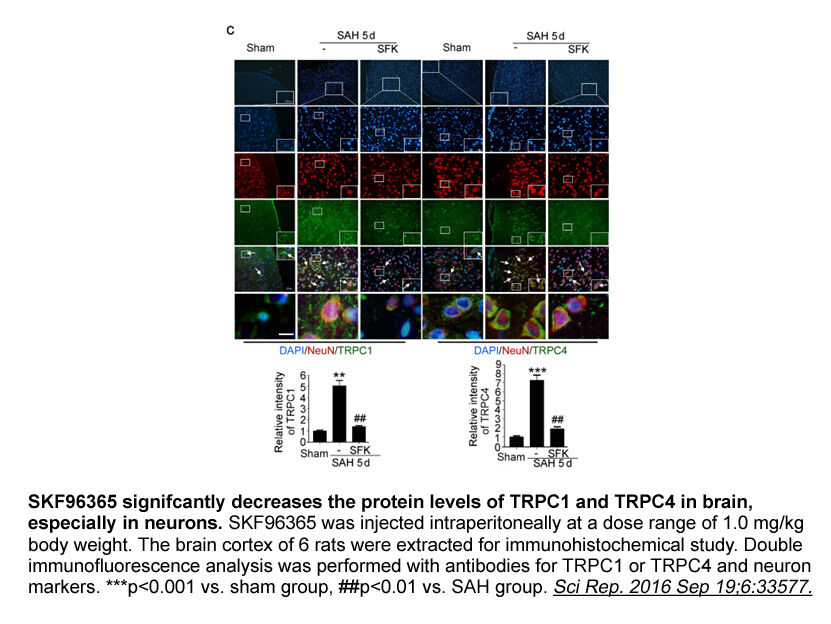
Subjects and methods Results Discussion In the present study, we found significantly increased CSF levels of IL-4, IL-5, IL-9, IL-10, TNF-α, CXCL8/IL-8, and VEGF-A together with significantly higher detection rates of IL-6, GM-CSF, PDGF-BB and IL-1ra in IHP patients compared with OND patien
-
Upon assembly of HLA tetramers loaded with either of
2020-02-11
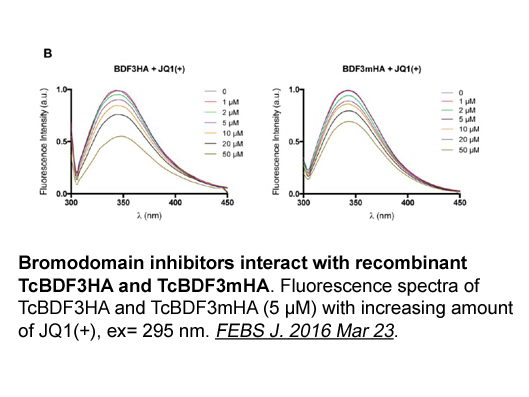
Upon assembly of HLA tetramers loaded with either of the two peptide versions, we could query the T cell repertoires of RA subjects and healthy individuals for the presence of cognate T maleate sale recognizing the respective peptide-HLA complexes. We found no significant difference in frequencies
-
In conclusion our results provide a new mechanistic
2020-02-11
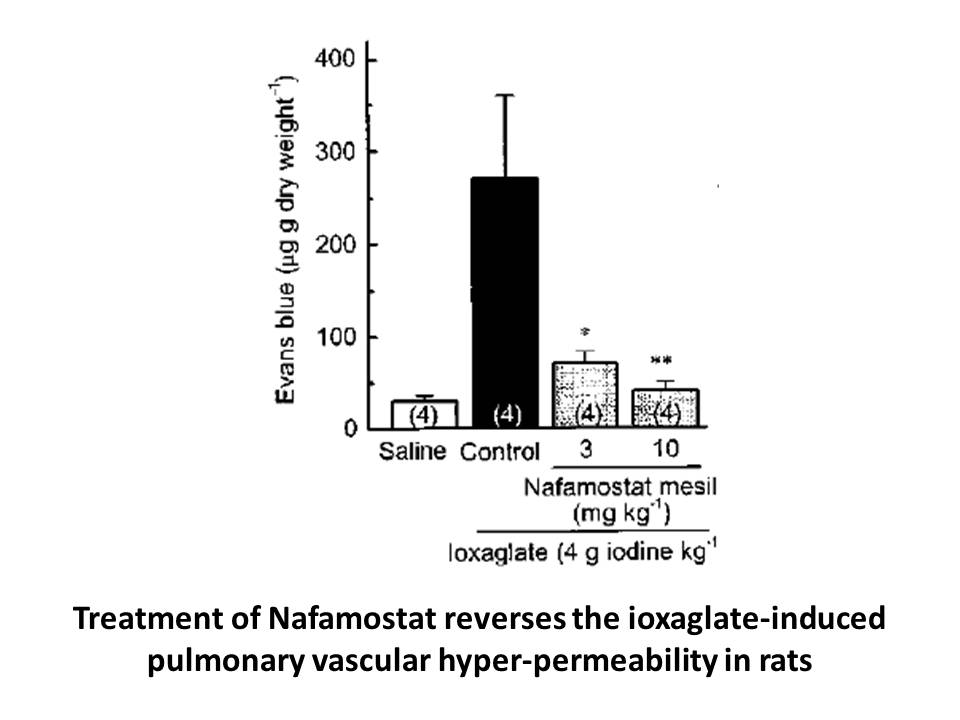
In conclusion, our results provide a new mechanistic insight into the signaling pathways mediating TDCIPP-induced apoptosis in cultured neuronal cells. We showed that TDCIPP-induced neuronal cell cytotoxicity and death are mediated via the ER stress-regulated apoptotic pathway, wherein the induction
-
br Chagas disease and HAT drug
2020-02-10
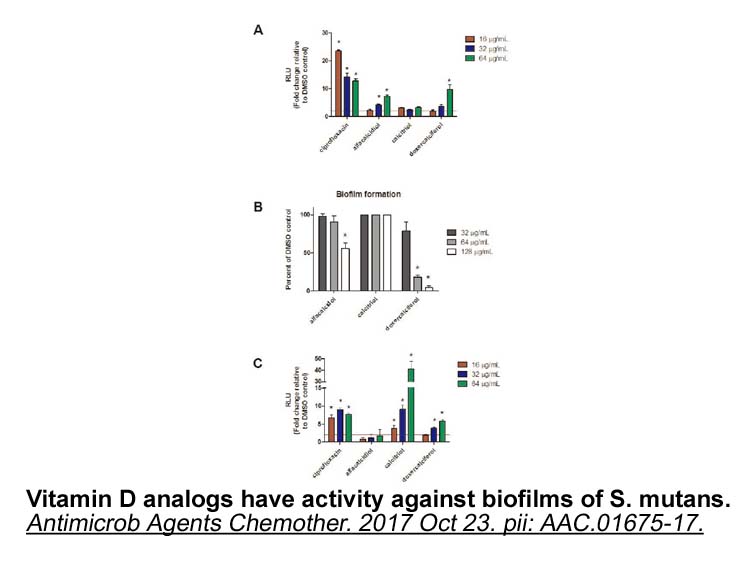
Chagas disease and HAT drug R&D Drug R&D for Chagas disease and HAT has historically relied on serendipitous findings achieved using low-technology approaches. The absence of biotechnology tools associated and the very limited understanding of the biomolecular processes of the parasites are among
-
Previous studies from our laboratory have demonstrated that
2020-02-10
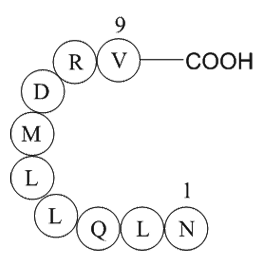
Previous studies from our laboratory have demonstrated that CysLT1R mRNA and protein expression can be upregulated by T2-type cytokines (IL-13, IL-4, and IL-5) in monocytes, macrophages, and eosinophilic HL-60 cells., To our knowledge, however, there are no studies on interactions of cytokines (suc
-
br Introduction Alzheimer s disease AD is the
2020-02-10
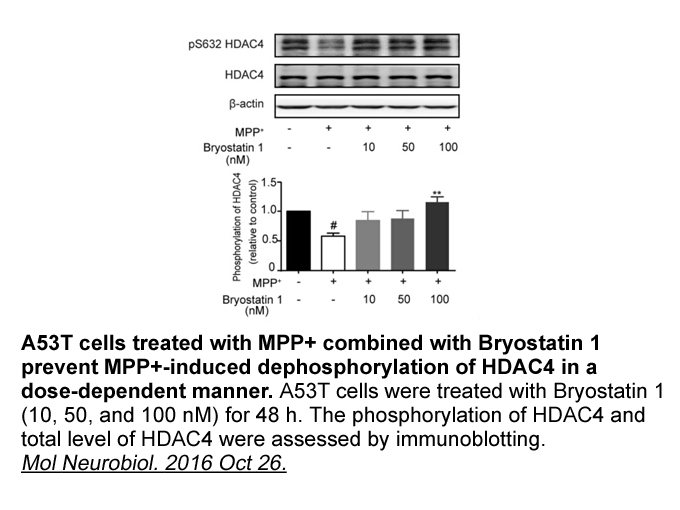
Introduction Alzheimer’s disease (AD) is the progressive version of mild cognitive impairment and usually met by the elderly population. It falls into the class of neurodegenerative disorders that attacks the melatonin receptor agonist nerves cells, or neurons, resulting in loss of memory, impai
-
Following the relationship model adopted in this work
2020-02-10
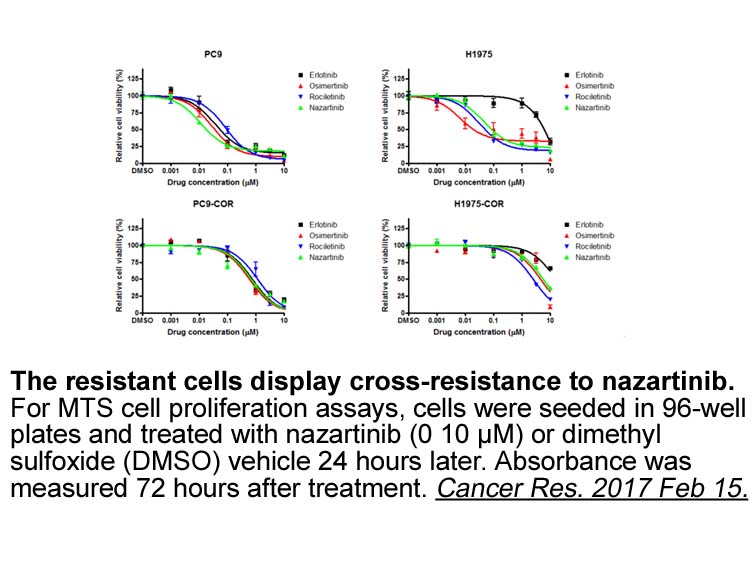
Following [20], [22], the relationship model adopted in this LY 235959 mg work to estimate the time to failure is the Inverse Power Law (IPL): Where L is the SUT life characteristic (e.g. the mean time to failure), s represents the stress level, while k and w are model-related parameters to be defi
-
The two SNPs rs rs presented above are part
2020-02-10
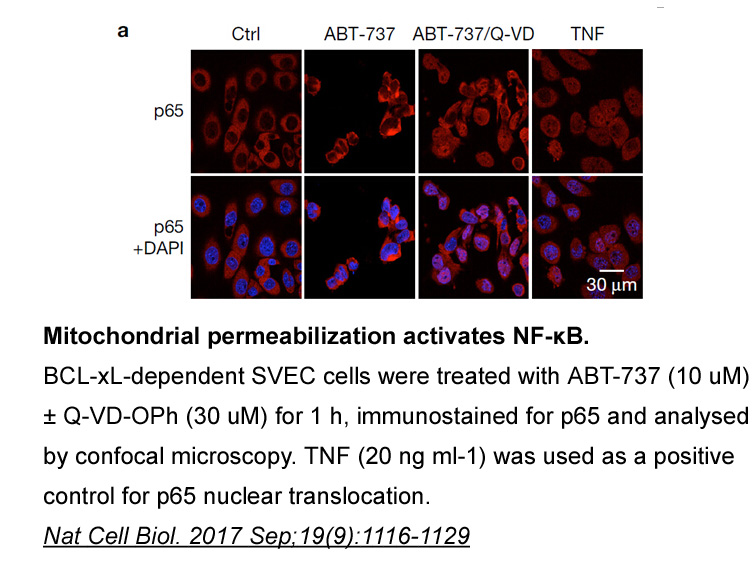
The two SNPs rs4818-rs4680 presented above are part of the haploblock (rs6269, rs4633, rs4818, rs4680) presenting the 3 major haplotypes which influence the enzymatic activity of COMT. This activity is inversely related to the sensitivity of pain in a chronic pain syndrome; so the haplotype (GCGG) h
15822 records 872/1055 page Previous Next First page 上5页 871872873874875 下5页 Last page